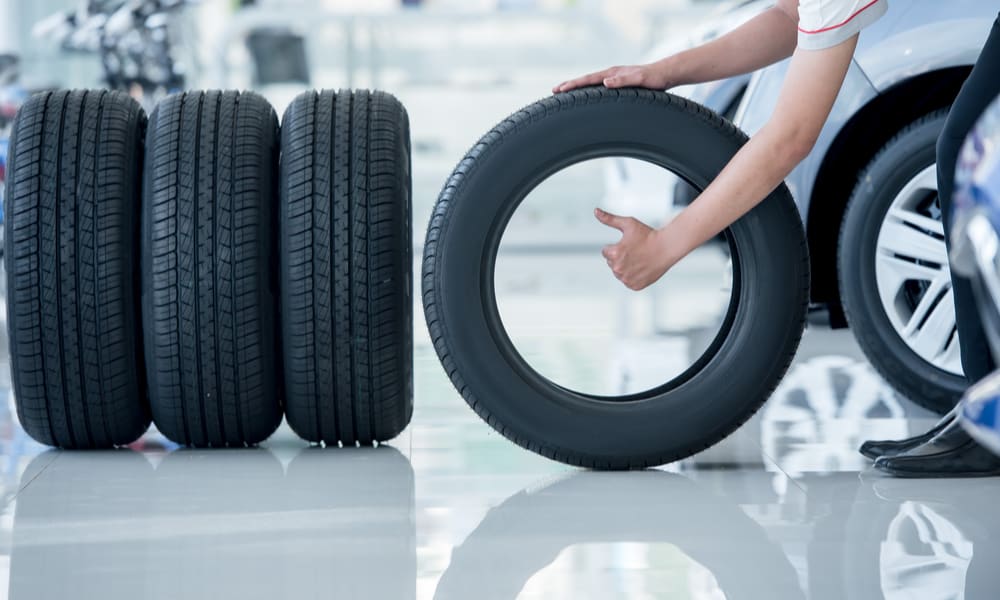Affiliate disclosure: Automoblog and its partners may be compensated when you purchase the products below.
All-season tires are some of the most popular options for everyday driving, but how do you know which models are right for your car? In this review, we shed some light on the best all-season tires on the market.
Our review team has determined the five best all-season tires in the industry based on reputation, tread life, affordability, and suitability for different vehicle types. We’ll explain more about each of them in this article and also go over how an all-season tire functions, which drivers these tires are best suited for, and how much they may cost.
If you’re looking for additional choices before investing in a new set of tires, read our industry-wide review of the best tires and brands currently available. You can also go ahead and start comparing tire prices on Tire Rack and Discount Tire.
All-season tires can come in a variety of tread patterns, price ranges, load capacities, and more, which can make it difficult to find the right model for your needs. We’ve narrowed down the top five all-season tires for any driver:
The Michelin Defender LTX is a highway, all-season tire designed for light trucks and SUVs. Backed by a 70,000-mile tread life warranty, this tire is built to last, even in light snow and winter weather. Customers report excellent handling on both dry and wet roads, largely due to the model’s EvertreadTM compound and asymmetrical tread design.
Backed by a 70,000-mile tread life warranty, this tire is built to last, even in light snow and winter weather. Customers report excellent handling on both dry and wet roads, largely due to the model’s EvertreadTM compound and asymmetrical tread design.
Like many Michelin tires, the Defender LTX is a costly option. However, its price point reflects the quality of materials, long tread life, and advanced technology put into the model. Compare prices for the Michelin Defender LTX on Tire Rack and Discount Tire.
Another reputable and industry-backed model made by Michelin, the Pilot Sport A/S 3+ All-Season tire is made for sporty vehicles. Though it’s a higher-profile model than the Defender series, the Pilot Sport boasts excellent handling and cornering abilities. The tire is made from Michelin’s Variable Contact Patch 3.0 technology, which ensures an even wear as you drive.
However, the Michelin Pilot Sport A/S 3+ All-Season only has a 45,000-mile tread life warranty, which is lower than most of our other picks for best all-season tires.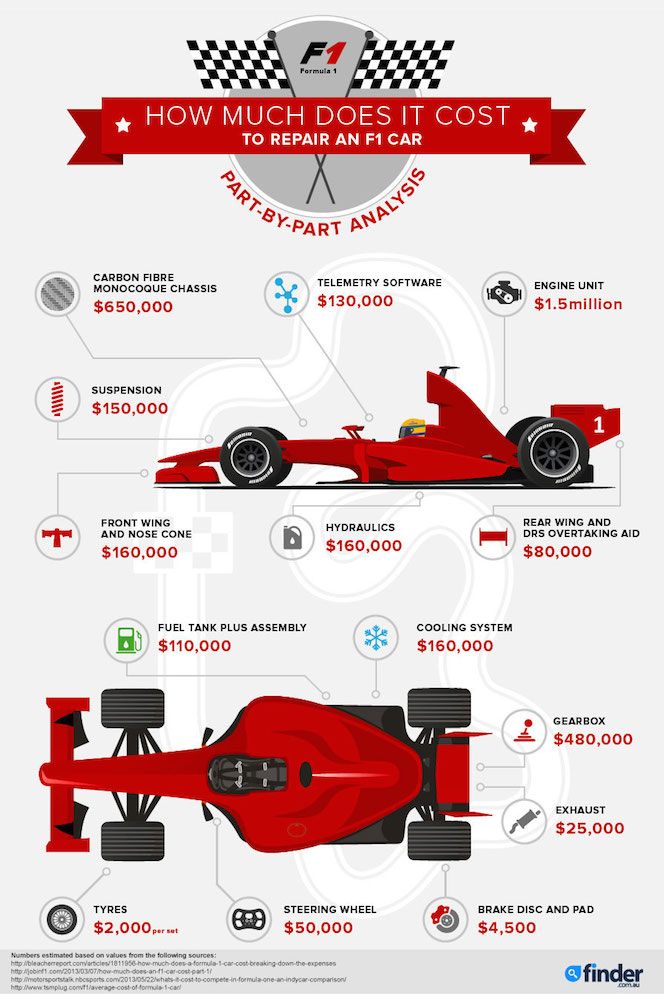 It also has some reported issues with snow and ice performance. However, if you’re looking for an all-season tire that’s been manufactured with the spirit of racing in mind, consider this model. Compare prices for the Michelin Pilot Sport A/S 3+ All-Season tire on Tire Rack and Discount Tire.
It also has some reported issues with snow and ice performance. However, if you’re looking for an all-season tire that’s been manufactured with the spirit of racing in mind, consider this model. Compare prices for the Michelin Pilot Sport A/S 3+ All-Season tire on Tire Rack and Discount Tire.
Also mentioned in our best cheap tires review, the Hankook Kinergy PT is an affordable, no-fuss option for drivers. The standard touring all-season tire offers a comfortable, low-noise drive and a 90,000-mile tread life warranty, one of the longest in the industry.
While this is not the best all-season tire for light trucks – its maximum load capacity is 2,271 pounds – it is suitable for passenger cars, minivans, family sedans, and crossovers. Compare prices for the Hankook Kinergy PT on Tire Rack and Discount Tire.
An all-season tire with better snow and ice durability than most, the Goodyear Assurance WeatherReady tire is equipped with a 60,000-mile tread life warranty and an asymmetric tread for maximum grip.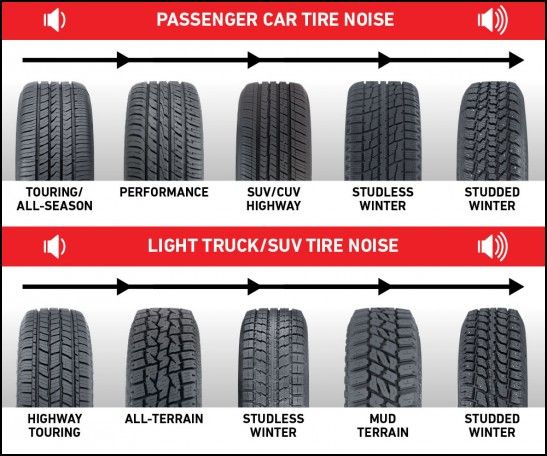 The model features zig-zag biting edges to combat snow and ice, earning it the three-peak mountain snowflake (3PMSF) symbol.
The model features zig-zag biting edges to combat snow and ice, earning it the three-peak mountain snowflake (3PMSF) symbol.
This grand touring all-season tire earns an impressive “A” traction rating according to Uniform Tire Quality Grading Systems (UTQGS) scoring, and it is sized for most passenger cars, SUVs, and minivans. Compare prices for the Goodyear Assurance WeatherReady tire on Tire Rack and Discount Tire.
An ultra-high performance all-season tire, the Goodyear Eagle F1 Asymmetric All-Season features an asymmetric tread and racing-inspired handling. This model is a great choice for drivers looking for a step above a standard all-season tire, though it is not the longest-lasting option on the market. It only has a 45,000-mile tread life warranty.
The tire boasts excellent dry and wet handling, but only decent snow and ice abilities. However, customers positively note the tire’s steering responsiveness and low noise. Compare prices for the Goodyear Eagle F1 Asymmetric All-Season tire on Tire Rack and Discount Tire.
Compare prices for the Goodyear Eagle F1 Asymmetric All-Season tire on Tire Rack and Discount Tire.
All-season tires are suitable for most weather conditions: dry, wet, and some ice and snow. While all-season models can be used during colder months, they are not a replacement for a traditional winter tire. All-season tires don’t have the same capabilities and design features as winter tires, which are specially crafted to remain flexible in freezing temperatures.
If you don’t live in an area where the weather regularly drops below 45 degrees, all-season models are fine to use in the winter. These models generally sport a symmetrical tread, but a few popular models, like the Michelin Defender LTX, have an asymmetrical pattern. Symmetrical tread wears more evenly, meaning fewer bald patches and longer use, while asymmetrical tread uses multiple block designs to offer better traction.
All-season tires are best suited for everyday commutes and daily drivers.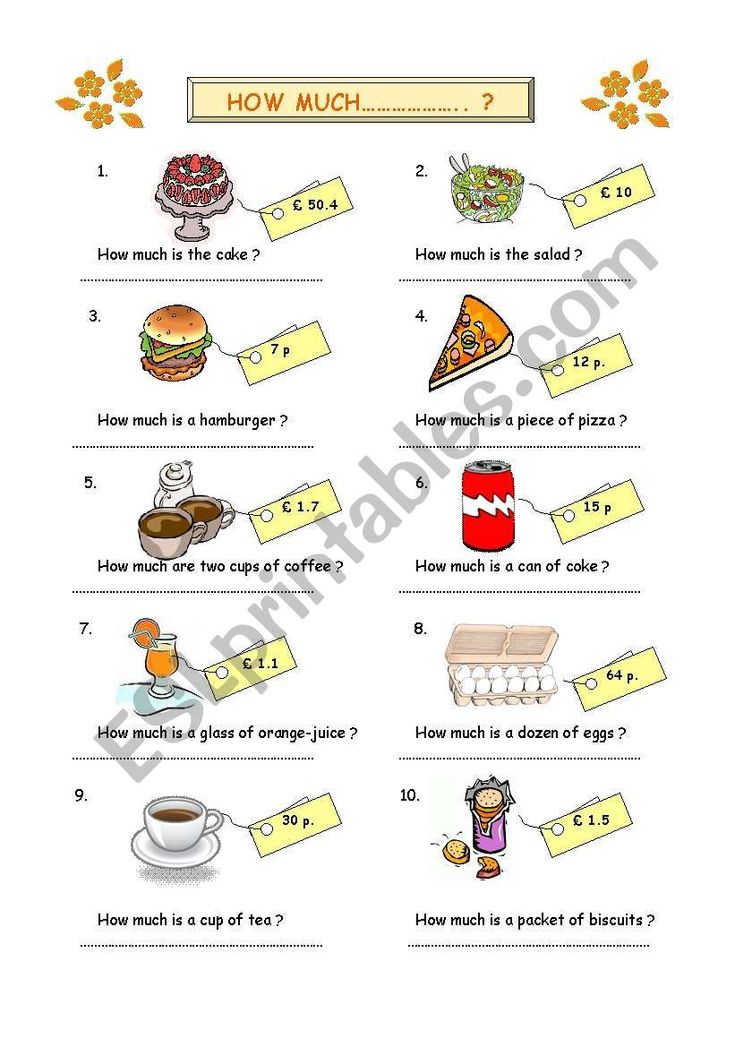 They are a great option for a reliable drive without many bells and whistles.
They are a great option for a reliable drive without many bells and whistles.
What’s the difference between all-season and all-weather tires? In a nutshell, all-weather tires are built to handle winter conditions and even deep snow, while all-season tires are not. All-season tires have light snow traction, but they won’t handle serious winter driving. Keep in mind that neither tire is designed to handle off-road driving.
All-season tires are usually less expensive than specialty models, like winter tires. They typically cost anywhere from $50 to about $200. However, the cost of all-season tires will climb as the model’s performance ability increases.
Here’s what the best all-season tires cost on Tire Rack:
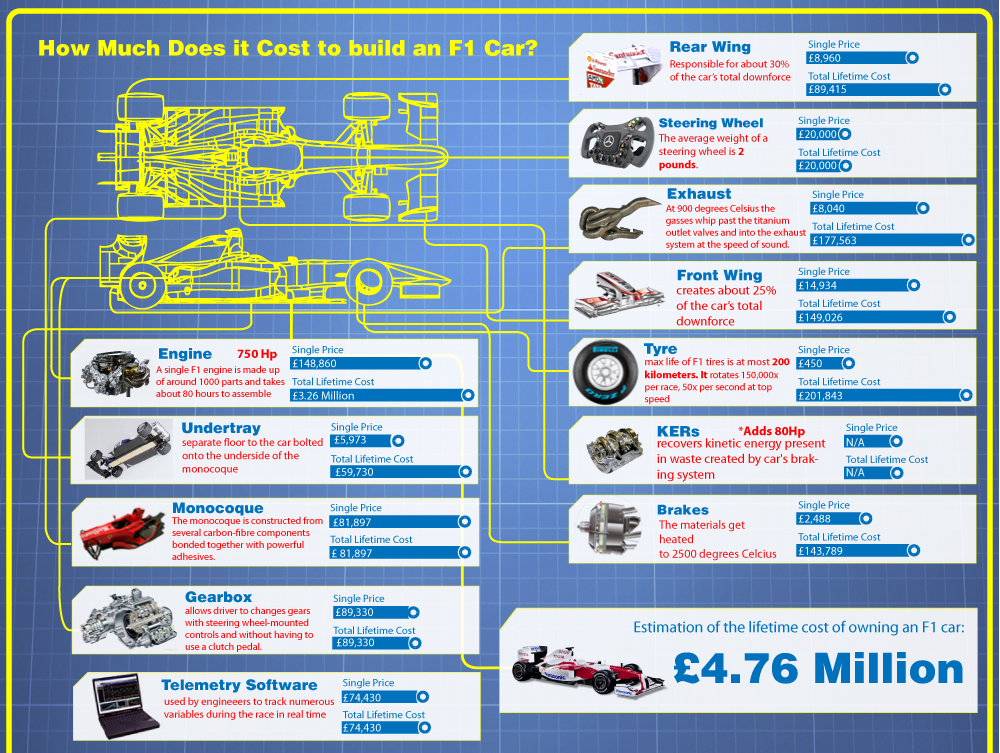 98 (225/60R17)
98 (225/60R17)Tires heavily impact your driving experience and are a more important investment than many drivers realize. Before purchasing cheap tires and hoping for the best, consider how you’d like your car to drive. Performance tires, all-terrain tires, touring tires – each provides a specific drive and feel for your vehicle. It’s best to consider a few different tire models before committing to a purchase. We recommend checking out Michelin and Cooper.
One of the biggest players in the tire industry, Michelin is highly regarded by customers and industry leaders alike. We like the brand because of its high quality and tire variety. While some competitors may make one type of tire particularly well, Michelin produces top-tier tires across the board.
Read more about this brand in our Michelin tires review, or start comparing Michelin prices on Tire Rack and Discount Tire.
Often, drivers looking for all-season tires are also looking for an affordable option. Cooper offers cheaper alternatives to big-name manufacturers like Michelin and Goodyear – without compromising quality. The company specializes in replacement tires and offers tread life warranties up to an impressive 80,000 miles.
You can learn more in our Cooper tires review, or compare Cooper tires right away on Tire Rack or Discount Tire.
After comparing many different models, we ranked the Michelin Defender LTX as the best all-season tire overall. It can handle wet conditions, and it provides a comfortable ride with good handling.
Michelin offers some great tires that can handle many different road conditions in its Defender and Pilot Sport lines. We also featured tires by Hankook and Goodyear in our top picks. However, as you shop for new tires, you may find other options that suit your needs from brands like Bridgestone, Firestone, Pirelli, Yokohama, or BFGoodrich.
We also featured tires by Hankook and Goodyear in our top picks. However, as you shop for new tires, you may find other options that suit your needs from brands like Bridgestone, Firestone, Pirelli, Yokohama, or BFGoodrich.
If your all-weather tires are more along the lines of snow tires, you might find that the softer rubber wears out quicker in the summer. That’s when it can be a good idea to switch to summer tires.
Whether you want all-season or all-weather tires depends on the climate and road conditions. If you just need to gain control on wet surfaces and in the occasional snow flurry, all-season tires work well. But, all-weather tires use a type of tread compound that can handle more snow and freezing temperatures.
We believe everyone should be able to make financial decisions with confidence. And while our site doesn’t feature every company or financial product available on the market, we’re proud that the guidance we offer, the information we provide and the tools we create are objective, independent, straightforward — and free.
And while our site doesn’t feature every company or financial product available on the market, we’re proud that the guidance we offer, the information we provide and the tools we create are objective, independent, straightforward — and free.
So how do we make money? Our partners compensate us. This may influence which products we review and write about (and where those products appear on the site), but it in no way affects our recommendations or advice, which are grounded in thousands of hours of research. Our partners cannot pay us to guarantee favorable reviews of their products or services. Here is a list of our partners.
You can pay from $50 to over $1,000 for a single new tire, depending on type and quality.
By
Whitney Vandiver
Whitney Vandiver
Writer | Car ownership, car maintenance
Whitney Vandiver writes for NerdWallet about ways car owners can save money on ownership and maintenance. She previously wrote in the oil and gas industry, where she was published in national journals and international magazines. Whitney became a writer out of enjoyment and finds stories that highlight or help the LGBTQ+ community the most rewarding to craft. When she's not writing, she enjoys reading and walking with her Irish wolfhound. She is based in Houston.
She previously wrote in the oil and gas industry, where she was published in national journals and international magazines. Whitney became a writer out of enjoyment and finds stories that highlight or help the LGBTQ+ community the most rewarding to craft. When she's not writing, she enjoys reading and walking with her Irish wolfhound. She is based in Houston.
Learn More
Updated
Edited by Julie Myhre-Nunes
Julie Myhre-Nunes
Assistant Assigning Editor | Auto loans, consumer credit
Julie Myhre-Nunes is an assistant assigning editor at NerdWallet. She has been working in the personal finance space for more than 10 years. Before joining NerdWallet, Julie oversaw editorial teams at NextAdvisor, Red Ventures and Quote.com. Her personal finance insight has been featured on Forbes, The Boston Globe and CNBC throughout the years.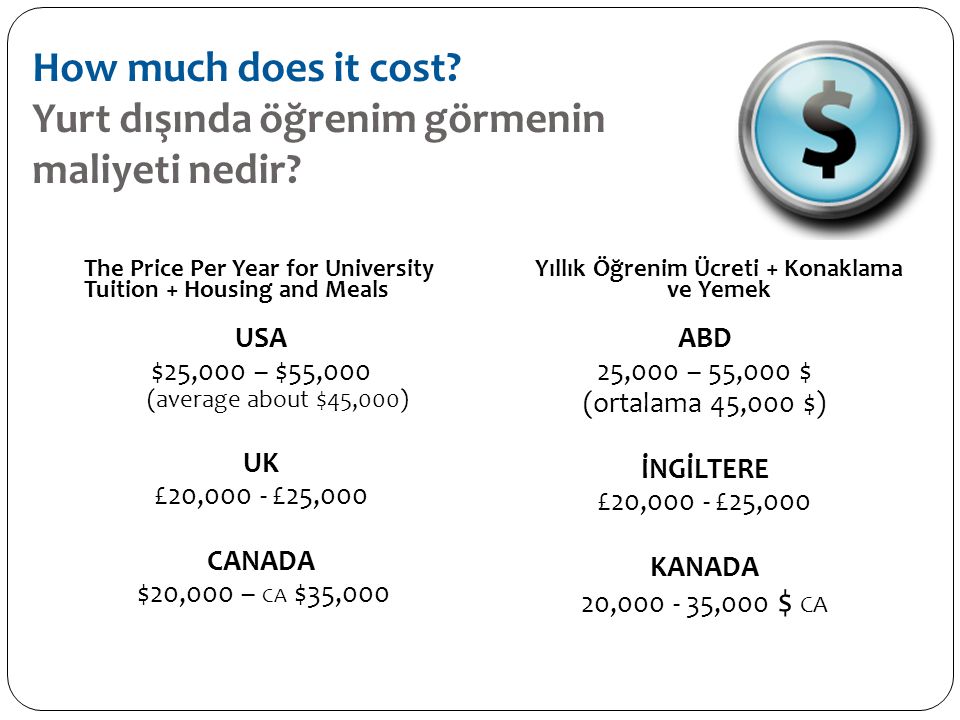 Julie’s writing has been published by USA Today, Business Insider and Wired Insights, among others. Email: [email protected].
Julie’s writing has been published by USA Today, Business Insider and Wired Insights, among others. Email: [email protected].
Many or all of the products featured here are from our partners who compensate us. This influences which products we write about and where and how the product appears on a page. However, this does not influence our evaluations. Our opinions are our own. Here is a list of our partners and here's how we make money.
Tires are a big part of the cost of owning a car, and the range of tire prices doesn’t make it easier to budget for them.
The price of tires depends on several factors, including how they perform in certain weather conditions, how well they handle, and what type of terrain they can manage.
Each type of tire comes with its own price range. And while some tires might induce sticker shock, plenty of affordable options are on the market.
Tires are made of varying compounds and have different treadwear ratings.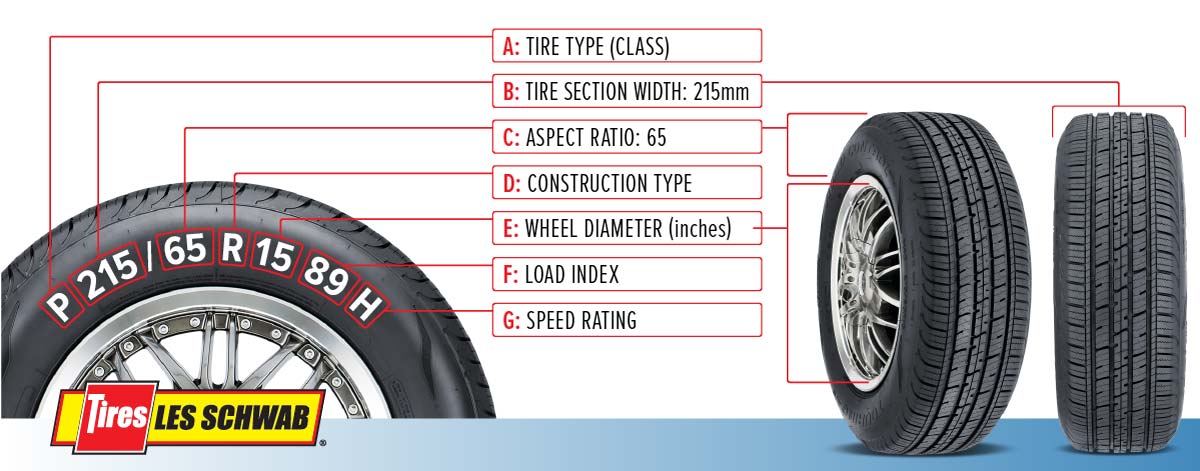 These ratings tell you how long the tires will likely last. Tires are usually categorized according to the conditions in which they work best. Here are some of the common types of tires, and the factors that may affect their cost.
These ratings tell you how long the tires will likely last. Tires are usually categorized according to the conditions in which they work best. Here are some of the common types of tires, and the factors that may affect their cost.
Weather performance. Tires are categorized as summer, winter or all-season. Summer and winter tires are designed to perform in certain types of weather, and all-season tires find a balance between summer and winter. All-season tires tend to be the cheapest option, and summer tires tend to be the most expensive. Winter tires fall somewhere in the middle.
🤓Nerdy Tip
If you live somewhere that drops below 40 degrees for only a few weeks a year, it’ll be cheaper to buy all-season tires for year-round driving than to go with winter tires that you swap out seasonally.
Comfort. Some types of tires, such as touring tires, are designed to give you a smoother ride. Comfort tires may have the same performance potential as other tires — for example, they may have the same wet and dry braking capabilities as all-season tires — but they tend to cost more because they offer a more comfortable ride.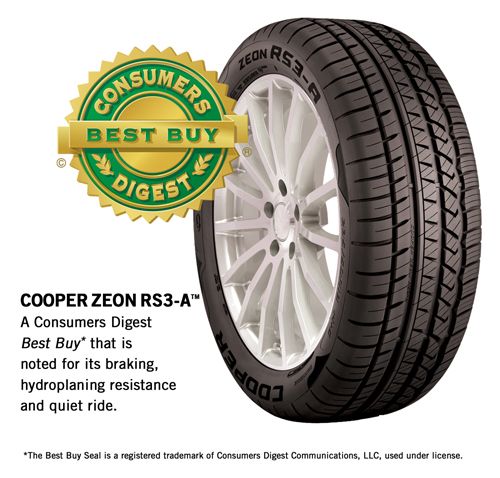
Terrain. All-terrain tires are generally more expensive than standard highway tires because they have tread designed to let you go off-road. While you can get about 40,000 miles out of an all-terrain tire, it’s likely to wear down more quickly and need replacing sooner than a highway tire.
Performance. Designed for sports cars, performance tires let you take corners tightly and stop on a dime. They’ll give you that fast-driving experience, but you’ll pay more for performance tires.
The cost of tires can vary widely by type. Discount Tire, a national tire retailer, breaks down the average cost of tires by type and wheel size. Here is the range of prices and median cost per tire for each wheel size:
12-inch to 15-inch wheels. Tires often run $80 to $150, with a median price of $115. These tires are common for compact cars.
16-inch to 20-inch wheels. Tires of this size generally cost $100 to $400, with a median price of $250.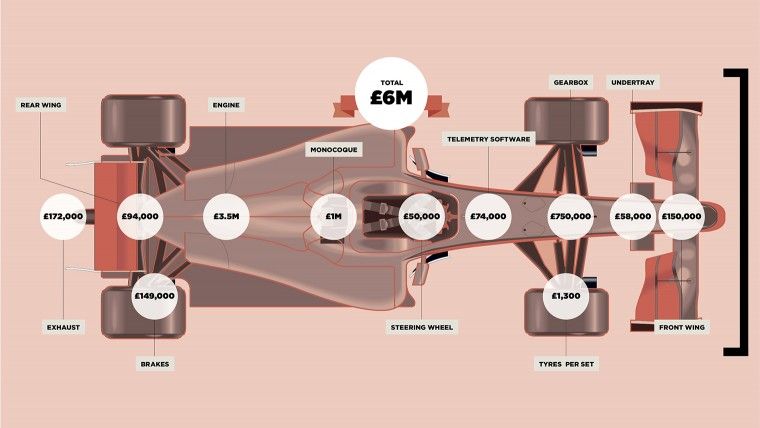 These tires are common for SUVs, crossovers, vans and trucks.
These tires are common for SUVs, crossovers, vans and trucks.
18-inch to 26-inch wheels. Tires often cost $140 to $500, with a median price of $320. These tires are common for larger trucks and utility vehicles.
The cheaper the tire within a certain group, the less likely it is to perform as well or last as long. Economical options are available, but research the quality of any tire you’re considering before buying it.
The table below shows the range of prices for different types of tires. These prices are not specific to a certain vehicle or tire size. They were gathered from Discount Tire's online inventory in October 2022.
Type of tire | Low price per tire | High price per tire |
|---|---|---|
All-season | ||
Summer | $1,486. | |
Winter | $1,311. | |
Touring | ||
Terrain | $1,447. | |
Performance | $1,486. |
When having new tires installed, the total average cost for labor is $50 to $300, according to CarRoar.com. The labor cost can vary by vehicle and tire size: The bigger the tires or more complicated the install, the higher the labor charge. For example, many shops charge more to mount low-profile tires.
Having new tires installed includes several steps. Your total labor cost is likely to include the time to perform the labor, mounting and balancing of the new tires, and disposal fees to get rid of your old tires.
🤓Nerdy Tip
You are likely to get a discount on the labor for having new tires installed if you have the work done at the shop where you purchase the tires.
Frequently asked questions
How much does a set of four tires cost?
The price of a set of four tires will depend on the size and type of tire, but the median price for four tires is between $460 and $1,280. If you have smaller tires and decide to go with a cheaper option, you could pay below that range. However, if you have larger wheels and want performance or touring tires, you’re likely to pay close to $1,000 or more. Keep in mind these prices do not include labor fees to have the tires installed.
If you have smaller tires and decide to go with a cheaper option, you could pay below that range. However, if you have larger wheels and want performance or touring tires, you’re likely to pay close to $1,000 or more. Keep in mind these prices do not include labor fees to have the tires installed.
What is a good price to pay for tires?
The price of a tire depends on several factors, but you can use the average median price based on size to judge if you’re getting a good deal. A median price for a tire for a 12-inch to 15-inch wheel will run about $115. That jumps to a median price of $250 for 16-inch to 20-inch wheels, and a tire for a larger 18-inch to 26-inch wheel is likely to have a median price of $320.
Should I replace all four tires at once?
You’ll probably need to replace all four tires at once if you drive an all-wheel drive vehicle. Otherwise, you could damage the vehicle’s drivetrain. But other types of vehicles give you more options. You can probably replace a single tire if it’s damaged and the other tires still have substantial tread remaining. Chat with a tire specialist if you’re unsure about your options.
Chat with a tire specialist if you’re unsure about your options.
How long should four tires last?
If you replaced all four tires at the same time or are on a vehicle’s first set of tires, on average the tires should last about six years and get between 36,000-75,000 miles in their lifespan. But tire life can vary with factors like driving habits, maintenance and climate. Regardless of their condition, no tires should be used longer than 10 years.
About the author: Whitney Vandiver is a writer at NerdWallet currently focusing on car ownership and maintenance. She's previously written about small business and payments. Read more
On a similar note...
Get more smart money moves – straight to your inbox
Sign up and we’ll send you Nerdy articles about the money topics that matter most to you along with other ways to help you get more from your money.
040042044048050052053054055056058060062065070071075080020
Height
AllFull25303132333537404550556065707580859078.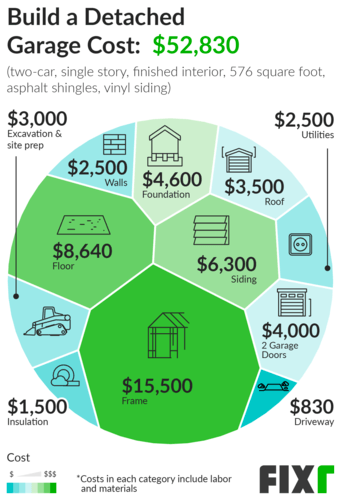 59.510.511.512.513.51695100400
59.510.511.512.513.51695100400
diameter
All131414151517181920212222242425268910111212C13C14C15C15C15.316C17C17.518C19C19C19.520C21C22.524C26.52830C30C332C3333333333333333333333333333333333333333333333333333333333333333333333333333333AL
Width of the second axis
all155151651751851952152225235245252652752852953053153253345353853954054254354452.52.7533.25AMA9.51010.51111.211.51212.412.51313.513.61414.514.91515.51616.516.917.51818.420.52121.32223.123.5242626.5272828.129.53030.5313233353739607080
11011512013013514014515016017018012102402602702803003203603803420440480500520530540550560580600620650700710750800
20
Second axle height
AllFull25303132333537404550556065707580859078.59.510.511.512.513.51695100400
Second axle diameter
All13141516171819202122232425268910111212C13C14C15C15.316C16.517C17.518C19C19.520C21C22.524C25C26.52830C303232C3334363838C4242C46
Seasonal
AllWinterSummerAll SeasonTruck TiresMotorcyclesCommercial VehiclesIndustrial TireAgricultural Tire
Type
All studdedNon-studded
All season tires
Car tires
Sort by: by popularityalphabeticalby ratingby price
Sort by: by popularity alphabetically by rating at the price of
Sizes: 62
R15 - R22

Sizes: 54
R14 - R19
Sizes: 50
R15 - R20
Sizes: 36
R14 - R18
Sizes: 34
R15 - R19
Sizes: 32
R14 - R19
Sizes: 30
R13 - R17
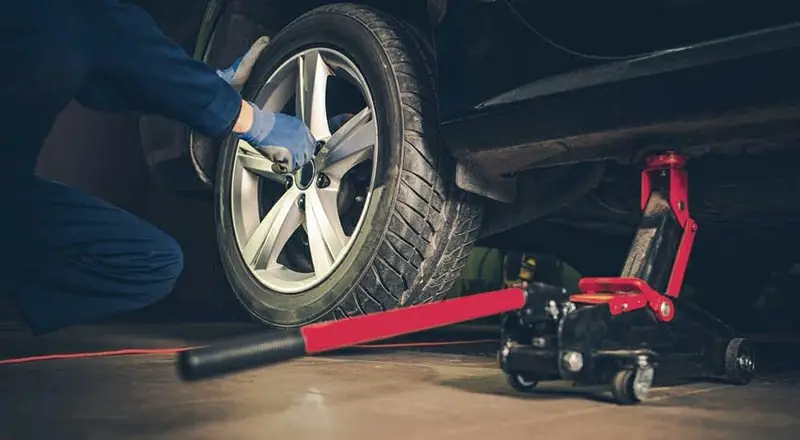
Sizes: 25
R13 - R18
Sizes: 24
R15 - R19
Sizes: 21
R15 - R19
Sizes: 21
R13 - R19
Sizes: 20
R14 - R19

Sizes: 14
R13 - R17
Sizes: 14
R19 - R23
Sizes: 13
R15 - R20
Sizes: 11
R14 - R18
Sizes: 9
R15 R16 R17
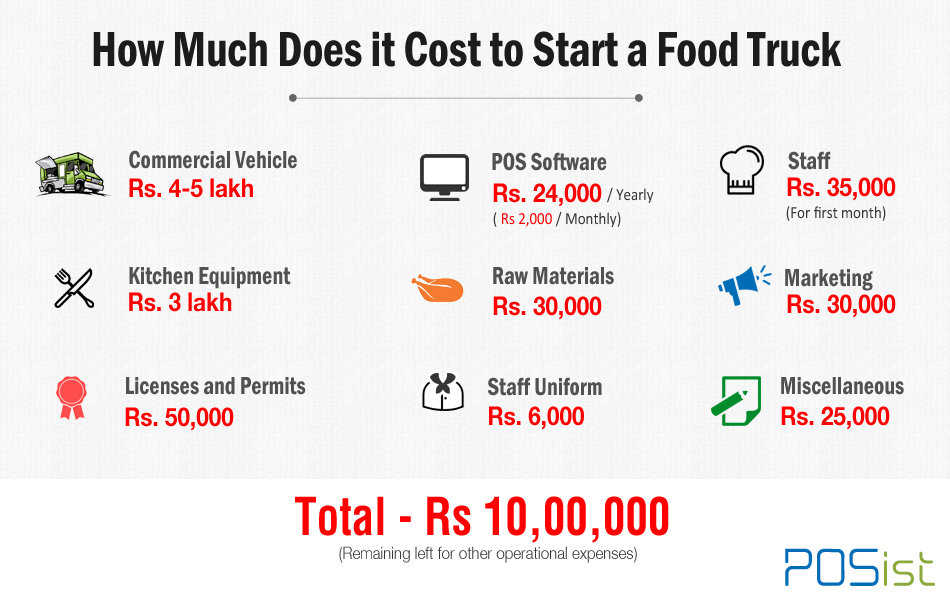 Don't believe?
Don't believe? Until recently, all-season tires for Europe did not exist in principle, and even now on the branded websites of the most famous tire manufacturers, as a rule, there is no such category and there are only categories of winter, summer and off-road tires. At the same time, in the United States, almost all SUVs drive on conditionally called all-season tires. But about 5 years ago, many manufacturers thought about the production of all-season tires for the European market, and most importantly: for cars. Perhaps the impetus for this was weather anomalies in the same States and Great Britain, or maybe the market dictated its trends.
So what is an all-season tyre? As a rule, this is not necessarily a tire with an aggressive tread, but a mandatory all-season attribute is the presence of sipes on each tread block. The lamellas are used to create additional "cutting" surfaces for ice and packed snow.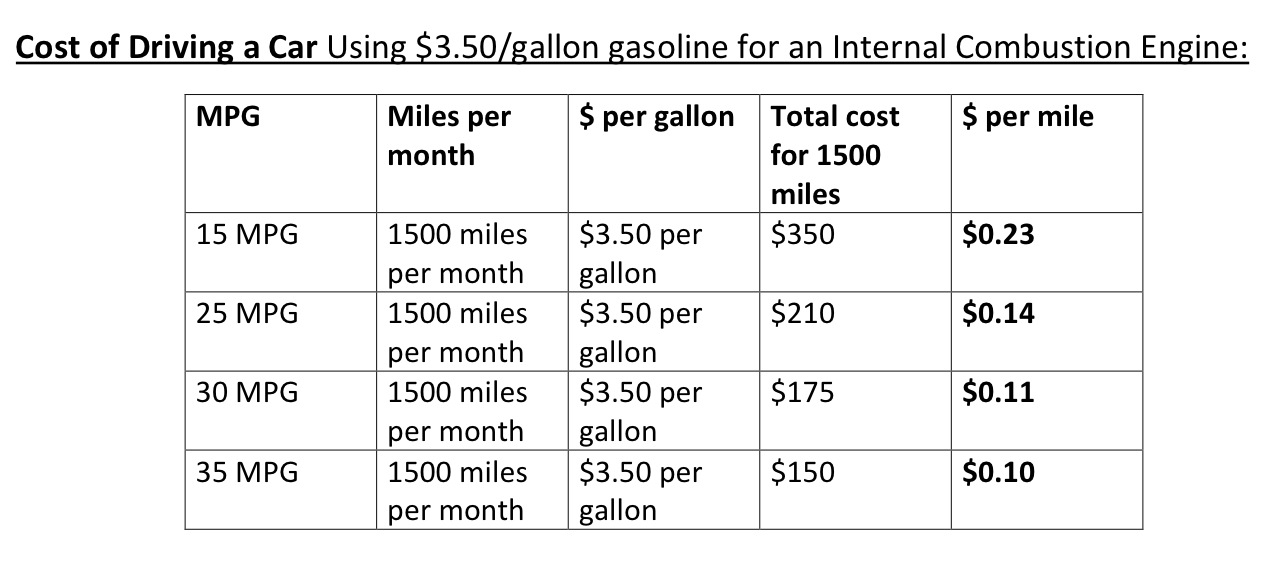 Each additional edge, clinging to a slippery surface, contributes to the process of acceleration or braking, that is, the adhesion of the car to the road.
Each additional edge, clinging to a slippery surface, contributes to the process of acceleration or braking, that is, the adhesion of the car to the road.
Fig. 1. Almost summer Michelin CrossClimate (but with a mountain peak icon and a snowflake in it on the sidewall), Hankook Optimo 4S H730 (which greatly surprised all tire manufacturers, why do we need a winter tire in spring?), and supposedly a winter alpine Michelin Alpin A5 with a pattern hardly distinguishable from his almost all-weather brother.
Why not make sipes on all tires - both winter and summer? Yes, because they are harmful and reduce the contact patch on the pavement in summer. Indeed, slicks are generally ideal for braking on dry pavement - tires without any tread pattern, solid, without moisture-removing grooves, slots and lamellas. But for wet asphalt, channels are already required to drain water from the contact patch, otherwise the car will float above the road - the effect of aquaplaning.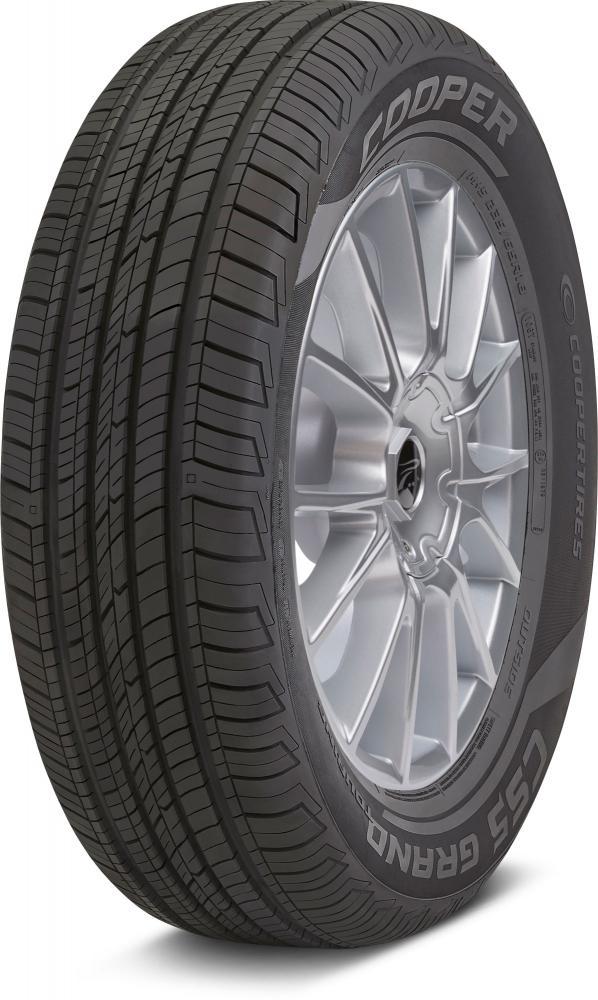
We know about winter and summer tires that they use a soft and hard rubber compound, respectively, for optimal performance in their temperature range. So for all-season tires should be used rubber of medium hardness.
All-weather tires enjoy varying success with car owners. As a rule, the demand for them is the highest during periods of economic crises and the lowest when everything is fine and there is no shortage of funds. All-season tires are presented at Best-tyres.ru all year round and you can buy them in Moscow, Rostov-on-Don and Krasnodar, but the maximum range and availability falls on spring and autumn. Why is it so, you ask? You will find the answer to this question below.
Each manufacturer has two tire shipment seasons and two payment terms for them - spring (summer) and autumn (winter), and no one ships all-season tires separately to dealers and distributors. Therefore, some all-season tires are sold together with summer tires and have a higher rubber stiffness and higher speed indexes, while the other part is sold together with winter tires and is more designed for operation in winter. Since the entire huge volume of tires from the winter program of the year is to be paid for, then, accordingly, their choice falls in warehouses every day, since none of the sellers wants to stay with these tires until next autumn. And vice versa, everyone is trying to get rid of summer tires before the start of summer, since the manufacturer must receive all his money in full before the start of summer. Yes, and the supply of winter tires to warehouses begins at the end of spring, and summer tires should make room for winter ones.
Since the entire huge volume of tires from the winter program of the year is to be paid for, then, accordingly, their choice falls in warehouses every day, since none of the sellers wants to stay with these tires until next autumn. And vice versa, everyone is trying to get rid of summer tires before the start of summer, since the manufacturer must receive all his money in full before the start of summer. Yes, and the supply of winter tires to warehouses begins at the end of spring, and summer tires should make room for winter ones.
All-season tires from the winter program can be called any winter tires for the European winter. Some of them even say All Weather (any weather according to Goodyear) or All Season (any season according to Nokian or Pirelli). Looking at this Michelin Michelin Alpin A5 tire, you don’t immediately recognize it as a winter tire. There are not many sipes at all and they are noticeable only upon closer inspection, and the pattern is like a good rain tire.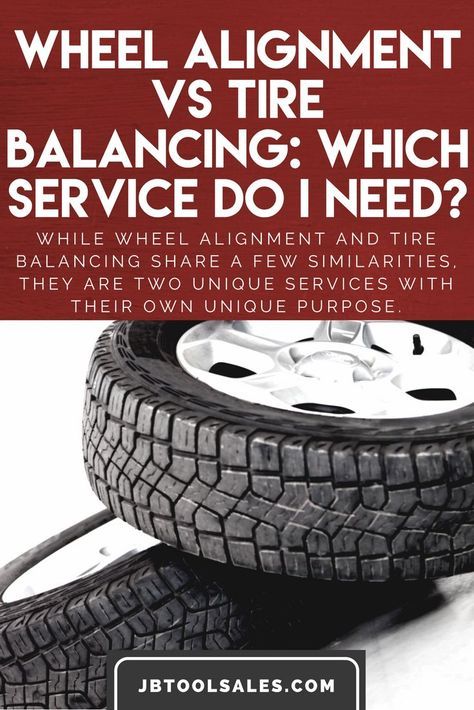
Fig. 2 - winter tires of the European type, allowing speeds up to 240 km / h in some sizes and summer operation (Nokian WR A4, Goodyear Ultra Grip Ice SUV G1, Continental ContiWinterContact TS860 ).
In the winter program, absolutely every leading manufacturer has not only studded tires, but also the so-called Velcro (Nordic, or Scandinavian-type tires, speed index 160-190 km / h) and European-type tires (high-speed tires for soft winters, speed indices from 190 to 270 km/h). Only Bridgestone does not supply European-type tires to us for some reason of its own, and does not supply Velcro to central Europe. Any other manufacturer sells them in Russia and these tires can be used as all season tires. It is probably more correct to do this in Yakutia or Murmansk, but people and especially rental companies do this in Europe, and in Moscow and other cities.
In the summer program of many manufacturers there are tires of all-season type or so-called snow tires.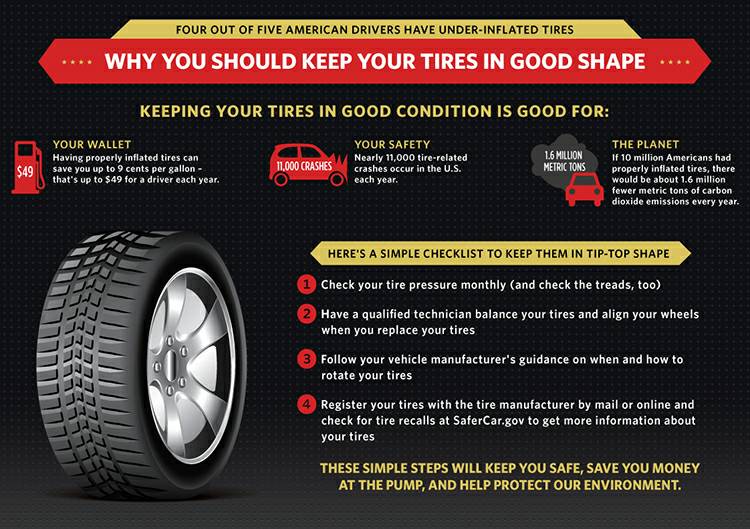 For example, Pirelli is increasingly persistent in offering Pirelli Scorpion Verde All-Season tires on the Russian market, which are increasingly found even in factory equipment on elite Range Rover or Mercedes SUVs. Hankook, as if frightened, released a similar tire in an extremely limited range of sizes (see Fig. 1.) Or, for example, Michelin with its Michelin CrossClimate + tire positions it not as an all-season tire (see Fig. 1), but as a rubber on which you can calmly and will confidently reach the tire shop in case of a sudden snowfall in order to change the tires to summer ones, and not a tire for year-round use.
For example, Pirelli is increasingly persistent in offering Pirelli Scorpion Verde All-Season tires on the Russian market, which are increasingly found even in factory equipment on elite Range Rover or Mercedes SUVs. Hankook, as if frightened, released a similar tire in an extremely limited range of sizes (see Fig. 1.) Or, for example, Michelin with its Michelin CrossClimate + tire positions it not as an all-season tire (see Fig. 1), but as a rubber on which you can calmly and will confidently reach the tire shop in case of a sudden snowfall in order to change the tires to summer ones, and not a tire for year-round use.
Other manufacturers of all-seasons from the summer program do not have such comments, because it's hard to give negative advertising to your own product.
Fig. 3 - all-season tires Continental ContiCrossContact LX Sport, Pirelli Scorpion Verde All-Season, Michelin Latitude Cross from the manufacturer's summer program.
All-season tires are often confused by SUV owners with off-road or so-called mud tires.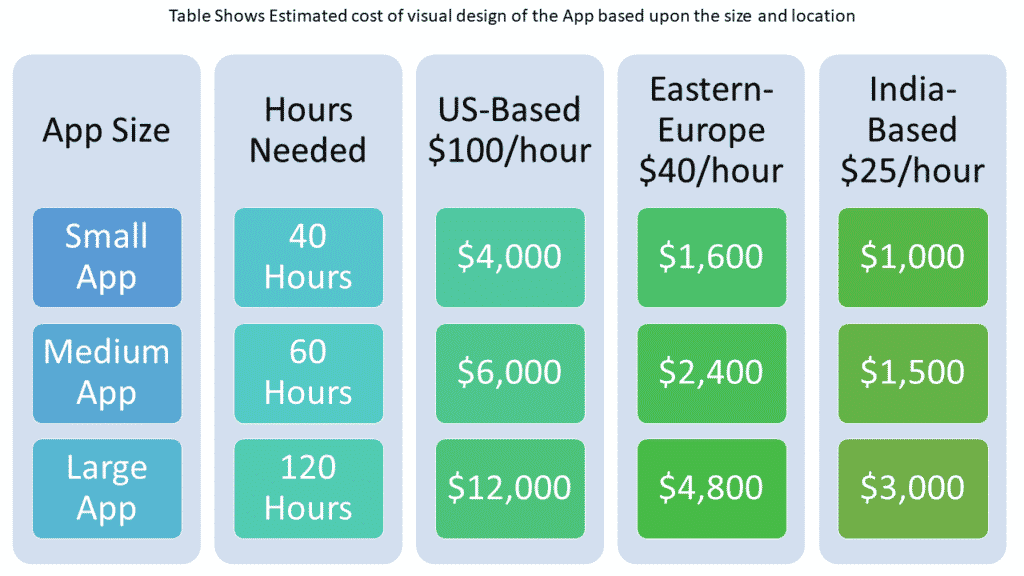 In fact, this point of view is a deep delusion and the inscription M + S, meaning mud + snow, means only loose snow, and not rolled snow in any way, and even more so, there was no inscription about ice anywhere. The aggressive toothy tread pattern of such tires does not have a large number of sharp edges (sipes) that can cling to ice, and the rubber compound is too hard, as it must be able to withstand cuts from sharp stones in the desert on trophy raids.
In fact, this point of view is a deep delusion and the inscription M + S, meaning mud + snow, means only loose snow, and not rolled snow in any way, and even more so, there was no inscription about ice anywhere. The aggressive toothy tread pattern of such tires does not have a large number of sharp edges (sipes) that can cling to ice, and the rubber compound is too hard, as it must be able to withstand cuts from sharp stones in the desert on trophy raids.
Traveling on such tires in winter is possible only for the time being, until some pillar decides to cross the road. Tires of the category HT (High Terrain - high ground) or AT (All Terrain - any ground) can still somehow be positioned as all-season tires, such as BF Goodrich AT KO2, Yokohama AT15 or Hankook ATM RF10, beloved by all jeepers (Fig. 4), but more "toothy" MT (Mud Terrain - mud ground) have no chance at all for safe braking on smooth ice with their huge tread blocks (Fig. 5), because their element is extreme mud and slush, for which they have tread pattern even on the sidewall.
Fig. 4 - BFGoodrich All Terrain T/A KO2, Hankook Dynapro ATM RF10, Yokohama AT15 mistaken for all-weather tires by jeep drivers are actually designed for careful driving on the highway and climbing through serious mud the last couple of kilometers to your country house or cottage. On loose snow, they can give good performance due to the aggressive tread pattern, but they are completely powerless on packed snow or icy surfaces.
Fig. 5 - Mud Terrain off-road tires not intended for winter use at all (BFGoodrich Mud Terrain T/A KM2, Mickey Thompson Baja ATZ P3, Marshal Road Venture MT KL71). These tires do not have sipes at all and the number of sharp edges is not high, so they are categorically not suitable for winter operation even if the craftsmen-kulibins stick a bunch of spikes into their tread.
We do not advise most car owners to buy all-season tires. Just like in a clothing store, they will not advise you to wear the same sneakers all year round. Moreover, in recent years, even sneakers have appeared in winter and demi-season versions. If you have at least a dozen pairs of shoes and understand the difference when to use slippers, when shoes or moccasins, when to take summer shoes with thin hard soles, and when it’s fur boots with thick porous soles, and when to wear boots, it becomes incomprehensible why the car should always be on the same tires. And now we are not talking about show-offs or appropriateness, that they say it’s not correct to come to the ball with boots, but to go fishing in model shoes. It is only about your safety and maximum tire grip. After all, it doesn’t occur to you to play basketball in summer boots in the gym - you understand that you will slip.
Just like in a clothing store, they will not advise you to wear the same sneakers all year round. Moreover, in recent years, even sneakers have appeared in winter and demi-season versions. If you have at least a dozen pairs of shoes and understand the difference when to use slippers, when shoes or moccasins, when to take summer shoes with thin hard soles, and when it’s fur boots with thick porous soles, and when to wear boots, it becomes incomprehensible why the car should always be on the same tires. And now we are not talking about show-offs or appropriateness, that they say it’s not correct to come to the ball with boots, but to go fishing in model shoes. It is only about your safety and maximum tire grip. After all, it doesn’t occur to you to play basketball in summer boots in the gym - you understand that you will slip.
Of course, in my opinion, we are not talking about the use of all-seasons at all in rural areas, where a lot of snow falls, and snowplows are more familiar thanks to TV, and not real life. But even for southern cities like Sochi, Krasnodar or Rostov-on-Don, you need to understand that an all-weather tire:
But even for southern cities like Sochi, Krasnodar or Rostov-on-Don, you need to understand that an all-weather tire:
1) will wear out faster than a summer tire in case of a hot summer;
2) will show more mediocre performance in hot weather - braking distance in hot weather can increase by 10-20%;
3) on snow-covered surfaces or with icy conditions on the plain, all-season must be driven very carefully.
4) and on hills and serpentines, riding on all-season tires can be simply dangerous and extremely unprofitable, since body repairs will cost much more than the notorious savings on tires.
5) it is probably recommended to use all-season tires for those drivers who can refuse to drive a car at any time when they see snow outside the window or hear about ice on the roads. Although I personally can't do that either. After all, snowfall can catch on the road, and ice can appear locally on just one windswept overpass.
On our roads, it is recommended to do wheel balancing at least twice a year or every 5000 km, which means you won’t be able to save on tire fitting.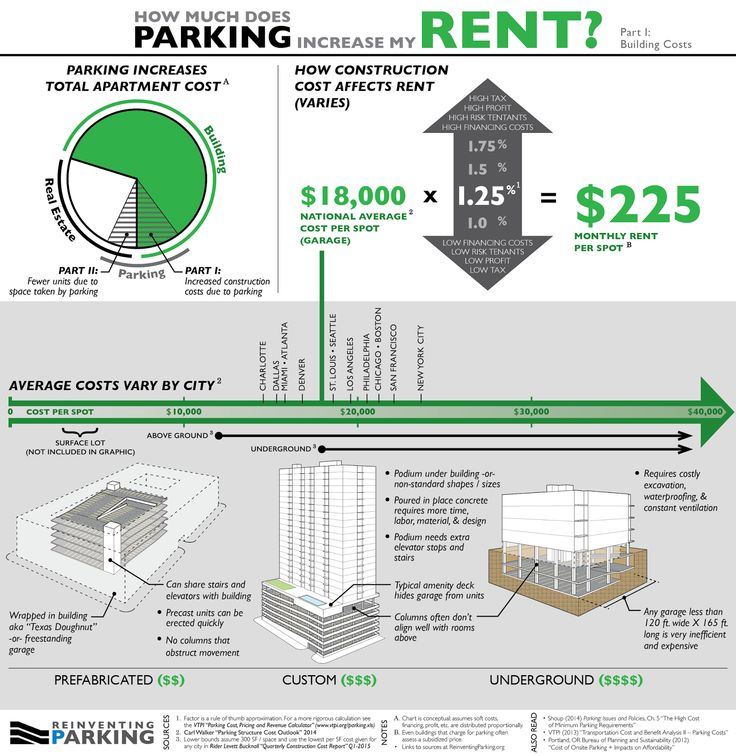 Unbalanced tires, on the other hand, do not last long at all, the car consumes more fuel on them and is subject to the destruction of bearings and chassis levers, when each of their wheels behaves like a swan, cancer and pike.
Unbalanced tires, on the other hand, do not last long at all, the car consumes more fuel on them and is subject to the destruction of bearings and chassis levers, when each of their wheels behaves like a swan, cancer and pike.
Moreover, you need to understand that such tires will most likely wear out in a couple of years, while two sets - winter and summer - could last 4 years or even more, depending on the mileage and operating conditions.
Fig. 6. "And I'm on the all-season!" According to the magazine "Behind the Wheel" in 2004, 75% of Canadians are convinced that all-season tires are completely safe, while winter tires were invented for someone else. And that's what it sometimes leads to. This time we were lucky, and in the collision 96 cars and all of them got off with light bruises, because they drove slowly and fastened, realizing that there was ice under the wheels.

It must be understood that any universal product is inferior to a professional product that is designed specifically for given weather conditions. Of course, in the summer, in the heat, summer tires will provide much better performance than all-season tires. So in winter, in frost on a snowy or icy road, even a European-type winter tire can not weakly fray the driver’s nerves, and of course a real winter Velcro or studded tire will give a much better result than its weak all-weather relative.
Gen. director Zhdanov I.G.
Fig. 7 - not so lucky case in Canada in the same 2014 - three dead.
Conclusion: thank God that the majority of our people love themselves, buy winter tires, and we have never even heard of more than 20 colliding cars in Russia, while dozens of accidents with more than 50 cars, although in these countries it is not customary to drive as fast as in Europe, even in the summer. It is hard for us to understand why papier-mâché houses are built in the land of hurricanes, and in the land of snowfalls they like to ride all-season.
Today, motorists in an effort to improve their steel horses choose spare parts and accessories wisely. They look at ratings, reviews, test drives, reviews. Especially all this applies to such an action as the choice of tires for a car. There are many difficulties here, let's at least briefly consider them.
Here you can find different brands, sizes and other indicators. But we must learn that absolutely all tires are winter, summer, and all-weather tires. The latter is of great interest to many motorists. They want to buy one set for winter and summer time, saving a lot of money.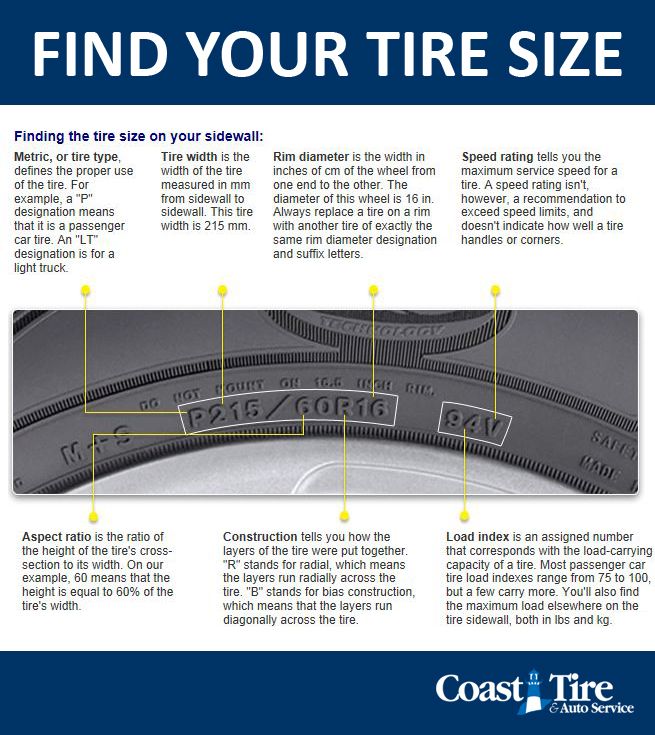 Indeed, why not buy all-season tires instead of winter and summer ones.
Indeed, why not buy all-season tires instead of winter and summer ones.
Can all-season tires be used in winter and at any other time of the year? Skeptical citizens are wondering - why then do we need separate summer and separate winter tires, if there is a universal all-season option? In theory, all-season tires are required to make the car stable on dry and wet, as well as icy and snowy road surfaces. Rubber must retain the necessary properties in any weather, and the tread must hold the car firmly on all surfaces.
But is it possible to choose the chemical composition of rubber and draw such a protector so that the finished product fully meets all these requirements? It turns out not. Numerous test drives have confirmed that all-season tires are significantly inferior to winter and summer tires in such important indicators as:
In all-season ice conditions, you run the risk of skidding, and in the summer after a downpour, hydroplaning.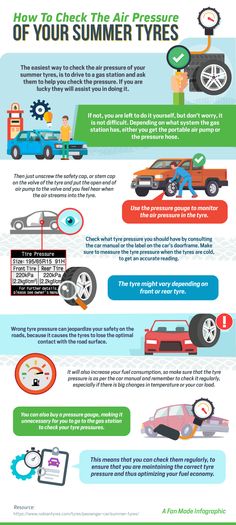 The consequences here can be equally sad. But then why are all-season tires still available? The fact is that in some cases it is still possible, and sometimes it is necessary to use it.
The consequences here can be equally sad. But then why are all-season tires still available? The fact is that in some cases it is still possible, and sometimes it is necessary to use it.
First of all, these are the off-season and mild winters, when the air temperature moves around the zero mark within 5 degrees on both sides. Snow falls and melts almost immediately, and snow porridge forms on the road, flavored with a certain proportion of reagents. It’s bad to drive on summer and winter tires here, especially if the winter ones are with spikes. But the all-season behaves most adequately.
Motorists sometimes good-naturedly trust different words and stories about certain spare parts, accessories and much more. However, sometimes the information does not even correspond to reality at all, and it seems like it is not worth believing in it. Sometimes you can hear about how many car owners put all-season tires on them and drive without any problems all year round.
At least briefly familiarize yourself with the features of summer and winter tires. It will become clear that driving on all-season tires is not only unprofitable, but also not always safe. What is the difference between winter and summer tires? Here are two fundamental differences that must be taken into account:
A summer tire should be stiff enough in summer, not “spread” on hot asphalt in the heat. Otherwise, the driver will have to face violations and even loss of control. If you go on such tires in the winter. Then even at low positive temperatures it will become quite tough, literally oak.
There will be no depreciation and, in fact, no controllability in the normal sense of these terms. Winter tires are made from a mixture that remains soft enough even in severe cold. It is the softness needed to increase the contact patch with the road that plays a very important role in your every winter trip. In summer, winter tires are so soft that at even the slightest significant speeds, a complete loss of control is possible. At the same time, the tread of winter tires is not designed for summer roads at all. But more on that later.
In summer, winter tires are so soft that at even the slightest significant speeds, a complete loss of control is possible. At the same time, the tread of winter tires is not designed for summer roads at all. But more on that later.
Summer tires must hold the car firmly on asphalt, including wet, preventing hydroplaning. For this, there are special grooves, lamellas, grooves, etc. Summer tires also require the ability to keep the car on gravel. In winter, such a pattern will not save either from ice or snow, and even the rubber itself will harden. There will be a disaster. For winter tires, the tread is designed to keep the car perfectly on ice, to have a minimum braking distance even in the most extreme winter conditions. Even winter tires are often equipped with studs, which help to maintain directional stability on packed snow.
From this information, it becomes obvious that it is simply impossible to fully realize the properties of winter and summer tires in the all-season category - at least not without magic. And how all-season tires behave in winter, depending on the manufacturer and the characteristics of the model, it will be difficult to give an unambiguous answer.
And how all-season tires behave in winter, depending on the manufacturer and the characteristics of the model, it will be difficult to give an unambiguous answer.
Summer tires are specially designed for optimum performance in summer conditions and warm climates. Compared to other seasonal tire types, such as winter tires, the features of summer tires can be subtle. Aren't all quality tires designed for warm conditions, wet or dry?
While true, summer tires are uniquely geared towards ideal performance in warm conditions only (both dry and wet). By taking into account other seasonal conditions, tire manufacturers can focus on maximizing the performance and performance of strictly summer tires, and this is a real advantage.
By taking into account other seasonal conditions, tire manufacturers can focus on maximizing the performance and performance of strictly summer tires, and this is a real advantage.
In particular, ultra-high performance summer tires (UHP tires) excel in this narrow engineering focus. UHP grade summer tires provide truly exceptional warm-weather grip and performance in both dry and wet road conditions.
However, the flip side of the coin is that summer tires have real, very severe climatic and road conditions limitations. In particular, summer tires are not designed to provide sufficient grip when temperatures reach (or fall below) freezing. And if the roads regularly get a small amount of winter precipitation, summer tires will not provide proper control of the vehicle.
If your climate zone experiences a winter season with temperatures below freezing, summer tires are not suitable for year-round use. If you like the idea of optimized warm-weather performance provided by summer tires, you might want to consider seasonal tire changes.